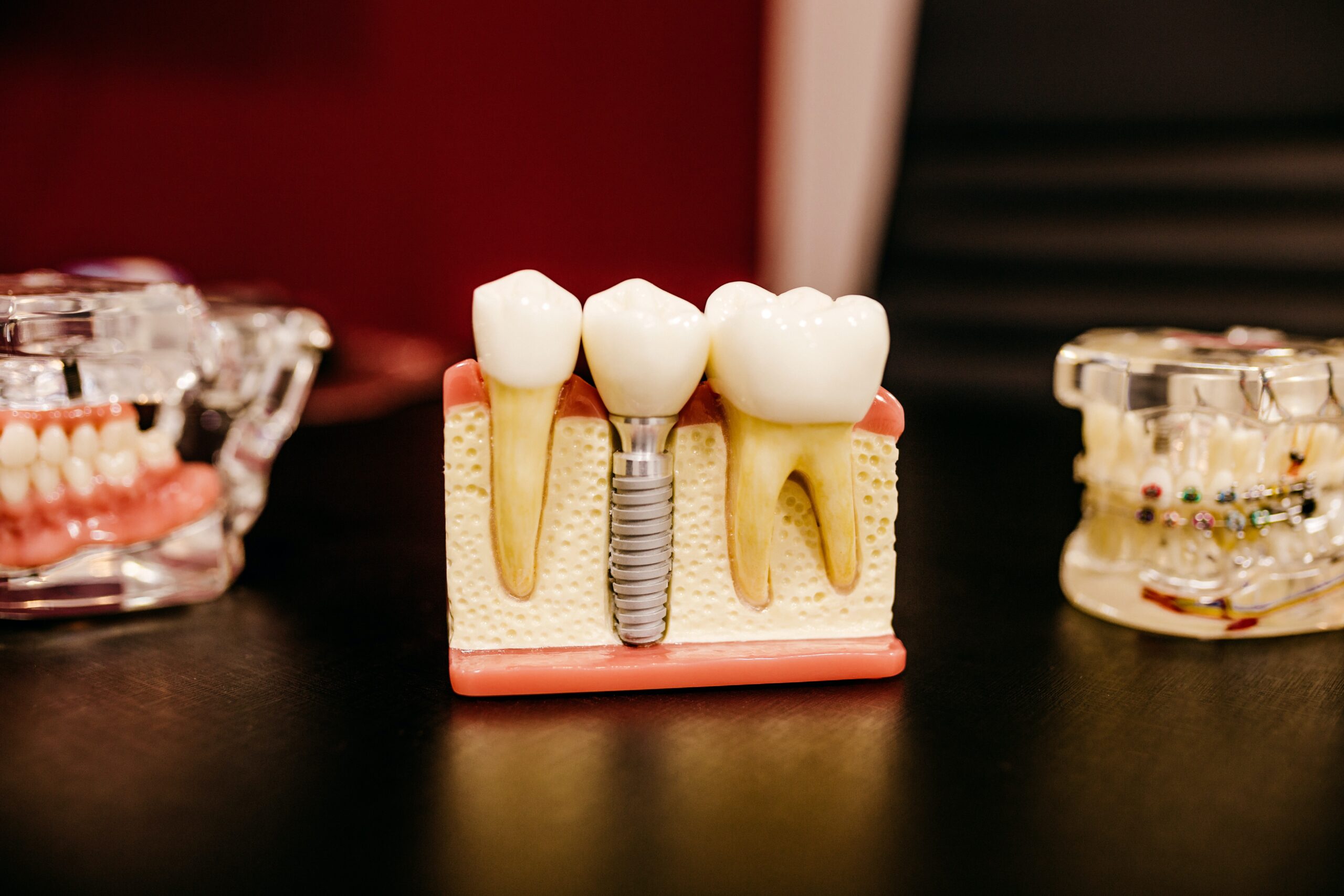Introduction
When it comes to replacing missing teeth, dental implants have become the gold standard. This advanced dental procedure offers a permanent solution that looks, feels, and functions just like natural teeth. If you’re considering dental implants, it’s important to have a clear understanding of the procedure. In this comprehensive guide, we will walk you through the entire dental implant process, from start to finish.
Step 1: Initial Consultation
The first step in the dental implant journey is the initial consultation with your dentist or oral surgeon. During this visit, your oral health will be assessed, and a treatment plan will be developed. X-rays and 3D scans may be taken to evaluate the condition of your jawbone and determine if you are a suitable candidate for dental implants.
Step 2: Preparatory Procedures
In some cases, preparatory procedures may be necessary before the implant surgery. This could include tooth extractions, bone grafting, or gum disease treatment. These procedures ensure that your mouth is in the best possible condition to support the dental implants.
Step 3: Implant Placement
The next step is the actual implant placement. This is a surgical procedure that is usually performed under local anesthesia. The dentist or oral surgeon will make an incision in the gum tissue to expose the jawbone. Then, small holes are drilled into the bone, and the implants are carefully inserted. The gum tissue is then stitched back into place, and a temporary crown or bridge may be placed on top.
Step 4: Osseointegration
After the implant placement, a process called osseointegration begins. This is when the implants fuse with the surrounding jawbone, creating a strong and stable foundation for the replacement teeth. It usually takes several months for osseointegration to complete.
Step 5: Abutment Placement
Once osseointegration is complete, the next step is to place the abutments. These are small connectors that attach to the implants and protrude through the gumline. The abutments serve as the support for the final crowns or bridges.
Step 6: Final Restoration
Finally, the custom-made crowns or bridges are attached to the abutments. These restorations are designed to match the shape, size, and color of your natural teeth, providing a seamless and natural-looking result. Your dentist will ensure that the final restorations fit properly and make any necessary adjustments.
Conclusion
The dental implant procedure is a multi-step process that requires careful planning and expertise. From the initial consultation to the final restoration, each step plays a crucial role in the success of the treatment. By understanding the dental implant procedure, you can make informed decisions and have realistic expectations. If you’re considering dental implants, consult with a qualified dentist or oral surgeon to determine if this is the right solution for you.

